Winter and spring are the seasons of high incidence of influenza. During this period in late December, the number of people admitted to major medical institutions also increased significantly compared with the previous month. It is expected that the influenza index will continue to rise in January next year.

CDC in various regions have issued flu warnings:
- On December 16, the Ningbo Center for Disease Control and Prevention also issued the latest influenza warning. The influenza index in Ningbo has reached level 4. Incidentally, the highest influenza index in Ningbo is only level 5! On December 17, the CDC of Jiangsu Province issued an influenza epidemic risk warning, and the influenza in Jiangsu Province entered a low-intensity epidemic period. On December 19, the data of the Beijing CDC showed that the city reported a total of 7,191 cases of 17 kinds of legal infectious diseases and 5 deaths, of which [influenza] ranked first in the reported cases.
As can be seen from the following figure, starting from the 45th week of this year (November 4-10), the percentage of influenza cases in outpatient and emergency cases has gradually increased in both the south and the north.
Even in the 50th week (December 9-15), the proportion of influenza cases in the total number of outpatient and emergency cases in the northern provinces reached 4.7%, while the proportion of influenza cases in the south has exceeded 5%.
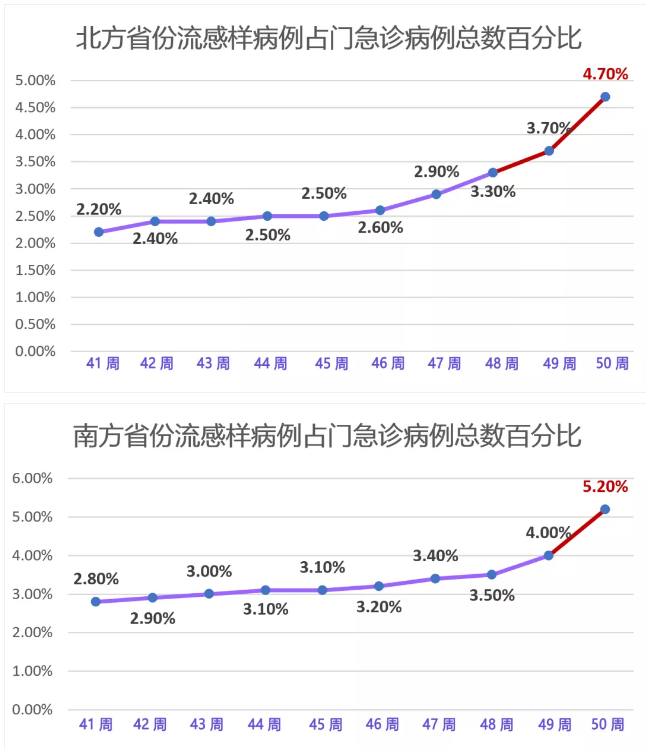
All this sends the same signal:
The flu peak is coming!
Does this year’s flu have what characteristics?
The high incidence period of influenza every year is from November to March of the following year. Influenza viruses are various and extremely prone to mutation. Influenza a accounts for the largest proportion in this wave of influenza near New Year’s Day.
According to the “Influenza Surveillance Weekly” released by China’s National Influenza Center, until mid-December 2019, influenza A (H1N1) accounted for more than 79.6% of all influenza, that is to say, H1N1 is still the main epidemic type of transmission so far this year.
In addition, the level of influenza activity in the northern and southern provinces of the mainland of China continues to rise, and the number of outbreaks reported has increased significantly.
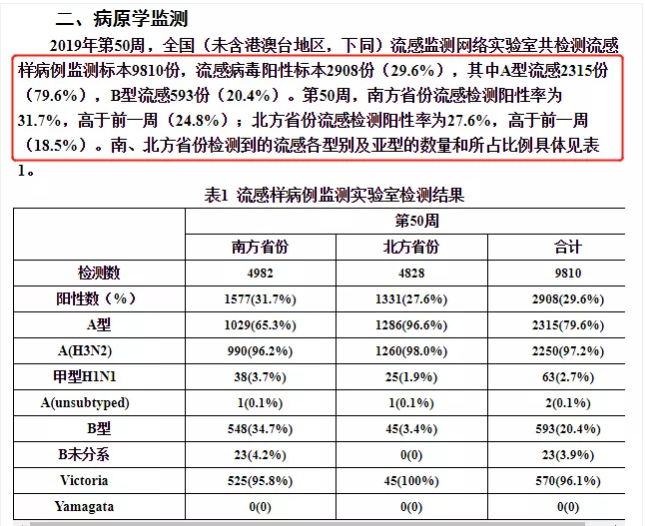
As the Spring Festival approaches, the long-simmering storm of influenza is already raging. Parents must be careful to deal with it.
Many mothers will certainly ask, what is the difference between influenza a (influenza A) and influenza B (influenza B)?
Influenza B is infectious but not large. It can be transmitted at close range, such as face to face, or in kindergartens or even school classes. However, the infection rate of influenza a will be faster and the impact will be greater.
Compared with H1N1, H1N1 virus is prone to mutation, can cross-infect between animals and humans, and is more pathogenic.
Therefore, parents must not take it lightly!
If these symptoms occur, take the child to see a doctor in time.
For adults, the vast majority of people infected with influenza will not cause severe illness, most of them will heal themselves in about one week, and cough can last for 1-2 weeks.
However, infants, especially those under 2 years old, are more likely to develop into severe cases, which will lead to complications such as myocarditis, otitis media and pneumonia, requiring parents to be extremely vigilant.
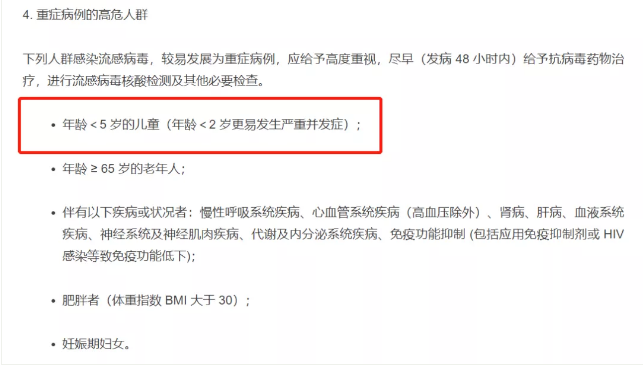
If the child’s performance is only sneezing and runny nose, it may be the common cold at this time.
However, if there are still high fever, listlessness, muscle soreness and other conditions, it is likely to be influenza, and you should go to the hospital for diagnosis and treatment as soon as possible.
Attached is a comparison chart of common cold and influenza symptoms:
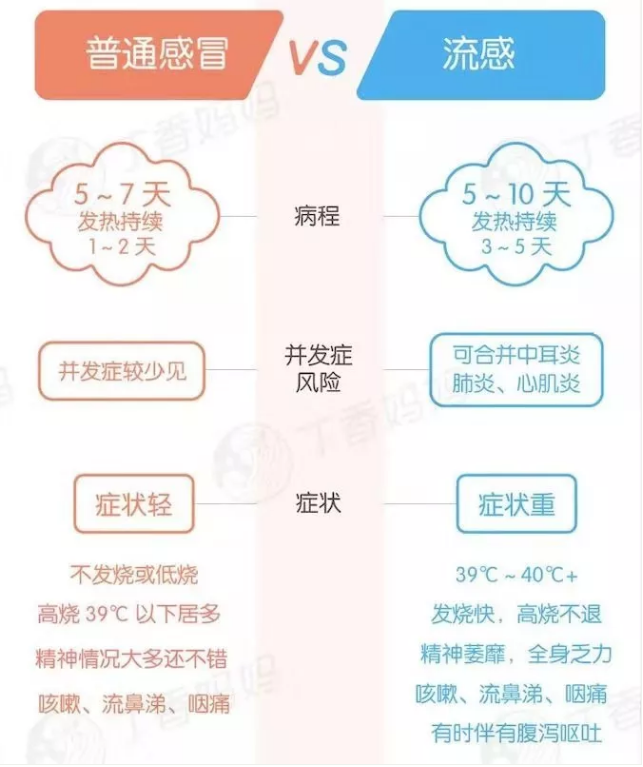
If the child is diagnosed with influenza or shows highly suspected influenza, antiviral treatment is recommended within 48 hours, which can reduce the hospitalization rate and mortality rate of influenza and reduce complications.
At present, the only recommended oral prescription drug for children against influenza virus in China is oseltamivir.
Children are diagnosed with influenza, remember 4 nursing common sense
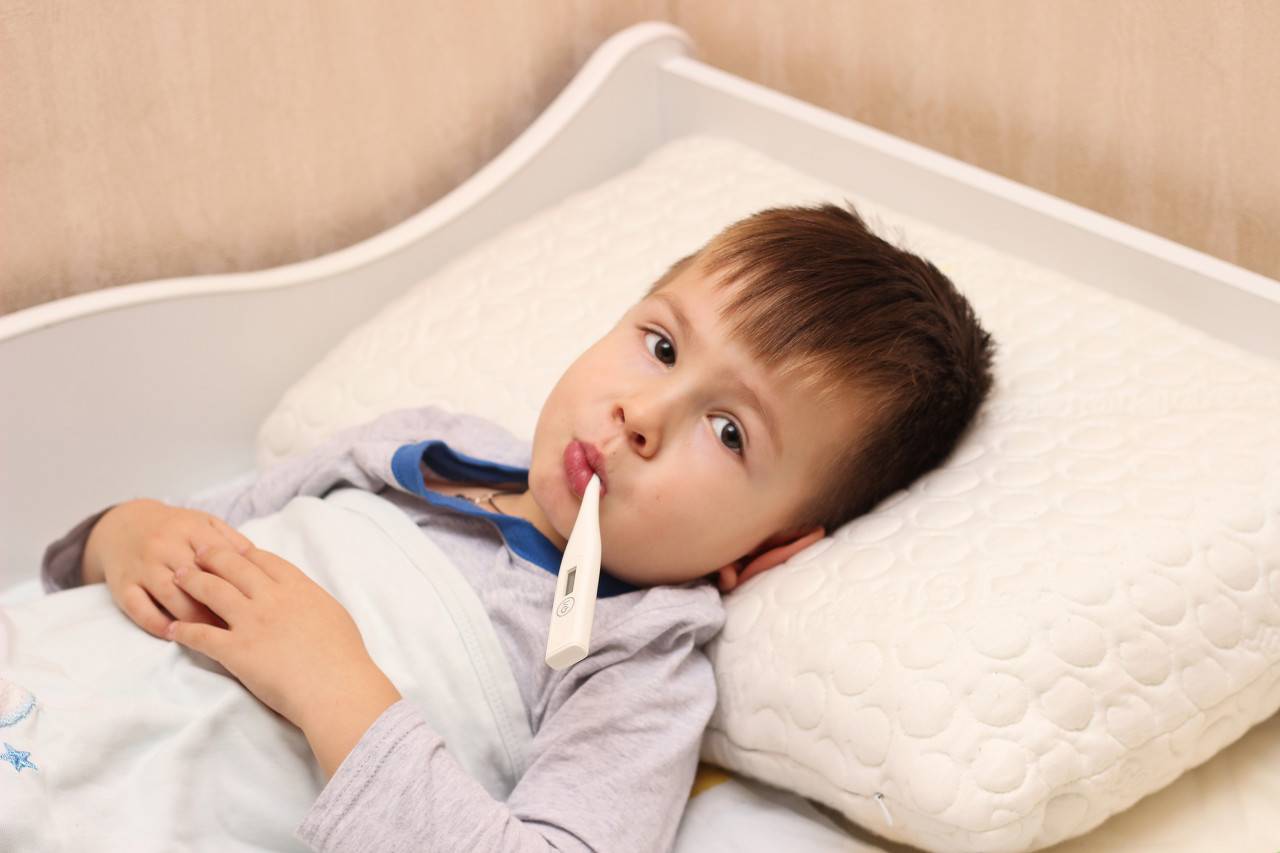
Antiviral therapy: oral oseltamivir
If diagnosed with influenza, children with high risk of complications and children with severe influenza symptoms can take oseltamivir orally for treatment, while other children can be treated or recovered by themselves.
Oseltamivir is available in two dosage forms, granules (15 mg and 25 mg) and capsules (75 mg).
It is worth mentioning that oseltamivir, as a prescription drug, can only be taken to children after the doctor makes a diagnosis.
In addition, the recommended course of treatment for taking medicine is 5 days, and do not stop using it at will.
If the child vomits seriously after taking the medicine, he can eat it with the food next time. Under normal circumstances, the symptoms will be relieved in about 1-2 days.
However, children with no high risk of complications may not use oseltamivir.
Fever Care: Ibuprofen or Acetaminophen
Take orally once according to the dosage, and the fever will stop immediately.
Acetaminophen can be used for children over 3 months old, ibuprofen can only be used for children over 6 months old, and it is best to consult a doctor before taking it. If you want to use it for children below these two age groups, you must first let the doctor evaluate the specific situation of the child.
Generally, it is not recommended to use the two antipyretics alternately.
At the same time of using antipyretic drugs, you can also drink more water according to the child’s situation and increase or decrease the cover according to the child’s feeling, thus helping to cool down.
Avoid by all means: Do not give your child other antiviral drugs or antibiotics without authorization.
The medicine does not suit the disease, not only does it not cure the disease, but it is easy to harm the child.
Be sure to follow the doctor’s advice and use drugs rationally!
Home Care: Pay Attention to Diet and Isolation
Increase liquid intake during illness of children; Make something easy for your child, but don’t force him to eat. Both children and other family members should wash their hands frequently. The room is well ventilated.
It is also very important that as long as there is one person in the family who has been diagnosed with influenza, it is best to isolate and be cared for by a special person, and all the staff should wear masks and change them every day to avoid cross infection, especially for families with two treasures.
Do this to prevent influenza

Vaccination against influenza
This is the most effective means of prevention.
The influenza virus strains prevalent every year will be different, and the vaccine protection time is limited, so it is recommended to vaccinate children every year, and direct dependents are also recommended to vaccinate.
Many parents feel that the protection effect of influenza vaccine is not good, and worry that the influenza vaccine vaccinated by their children will not work on the influenza virus strains prevalent this year, so they choose not to give their children influenza vaccine.
We suggest that parents should try their best to vaccinate their children if conditions permit.
It should be noted that influenza vaccination can only play a protective role after 2-4 weeks. Although the high incidence season of influenza ends in March, it does not mean that children will not suffer from influenza again after the high incidence season. Therefore, as long as there is a vaccine, it is recommended to vaccinate.
Oseltamivir can be used as a drug to prevent
Oseltamivir is one of the drugs approved by FDA (U.S. Food and Drug Administration) for the prevention and treatment of influenza in children.
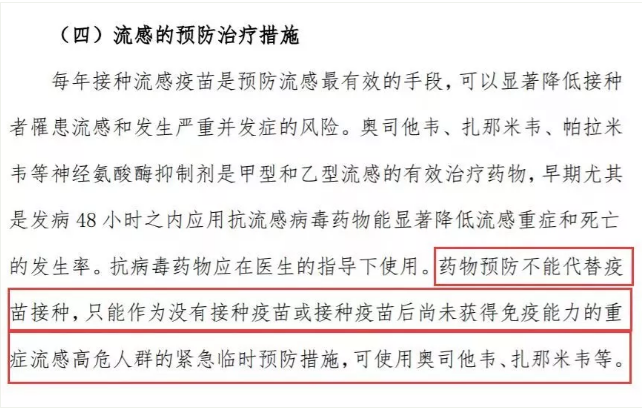
However, two conditions need to be met at the same time before oseltamivir is recommended for prevention:
- Children in the high-risk population range have not been vaccinated against influenza, or have been exposed to people suspected of influenza for less than 2 weeks (no protection has been formed), or have recently been to public epidemic sites.
Go less to densely populated areas.
Secretions and droplets discharged from cough and sneezing can infect influenza virus. During the period of high incidence of influenza, try not to take children to closed places with crowded people and poor air. If you have to go, you’d better wear masks.
Wash hands frequently with running water
No matter after going to the toilet, before eating, or after going out to go home, wash your children’s hands, don’t use a basin, it is better to wash your hands with running water.
Influenza is menacing, let’s stick to it together for the health of our children.
